
Pandemic Impacts on Practice
Pandemic Impacts on Practice

To unlock this feature and to subscribe to our weekly evidence emails, please create a FREE OrthoEvidence account
Already have an account? Click here
DISCLAIMER:
This podcast is for informational purposes only and is not intended to be a substitute for professional medical advice, diagnosis, or treatment. If you require medical treatment, always seek the advice of your physician or go to your nearest emergency department.
The opinions, beliefs, and viewpoints expressed by the individuals on this podcast do not reflect the opinions, beliefs, and viewpoints of OrthoEvidence.
Pandemic Impact on Practice
Host:
Mohit Bhandari, MD, PhD, FRCSC
Editor-in-Chief, OrthoEvidence
Guest:
Mark Glazebrook, MD, FRCSC, MSc, PhD
Orthopaedic Surgeon
Division of Orthopaedic Surgery, University of Toronto
Rodney French, MD, MED, FRCSC, Dip Sports Med
Clinical Assistant Professor
Division of Plastic Surgery, University of British Columbia
Johnny Lau, MD, FRCSC
Orthopaedic Surgeon
Division of Orthopaedic Surgery, University of Toronto
Michael McKee, MD
Chair, Department of Orthopaedic Surgery
Physician Executive Director, Banner-University Medicine Orthopedic and Spine Institute
Brad Petrisor, MD, FRCSC
Professor, Orthopaedic Surgery
Director, International Surgery Desk
Department of Surgery, McMaster University
PERSPECTIVES
The pandemic of COVID-19 has impacted the globe immeasurably. Dr. Bhandari discussed with five surgeons from Canada and the United States regarding the changes in practice that are associated with the current pandemic situation, backlog in the waitlist for elective procedures, sequelae of delayed access to operative care, and non-operative management of the patients. Our discussion uncovered 3 core themes. These themes and their supporting insights are highlighted below.
1. Impact of COVID-19 pandemic on Orthopaedic Practice and Patient Outcomes
The interviewed surgeons talked about the significant impact that COVID-19 pandemic brings to orthopaedic practice, especially to surgery. Surgeons are limited with the number of patients who can be treated, surgical time and inpatient beds. During periods when there was a significant increase of COVID-19 cases, surgeries were only performed on emergency cases. There is an increase in some backlogs, especially for the purely elective surgeries, like spine, sports medicine, and some arthroplasty procedures. There has been a decreased surgical access during the pandemic due to safety regulations. Elective cases were postponed, because both anesthesia and nursing staff were repurposed for the COVID-19 crisis.
With more familiarity with the way COVID-19 seems to be trending, surgeons believe that they are going back to a steady state. Patients who need surgery can get recommended surgery. However, it takes effort to catch up on the waitlist for elective procedures, especially in Canada.

COVID certainly has affected just everything, from getting patients into the hospital, from discussing risks and benefits of coming in the hospital with respect to COVID, and post anesthetic COVID. It certainly limited our ability to see the patients in the way we did in the past, and limited with respect to numbers. We're limited with respect to surgical time, and inpatient beds. So really, it has been a significant effect.
Dr. Petrisor

Certainly, there were some delayed surgeries that ended up needing to be done. But I hope the outcome wasn't that much different or any different. I don't think I'm seeing anyone now, a year later where I think it's too bad. The ones I'm seeing where that crosses my mind are the ones who couldn't get in and couldn't get access. Not through anyone's fault. They were the ones who were less urgent and got delays. We're realizing we've shifted and learned how we can still give that same level of care without the constraints of what we have.
Dr. French

Wait lists have gone up. For example, our clinics are operating at 30% capacity because of social distancing. And we are trying to avoid using the or for unnecessary things.
Dr. Glazebrook
Patients’ preference also plays a role. Some people opt to wait because of the fear of being infected with the virus by visiting the hospital. During the first wave of pandemic, patients avoided surgery after fractures. As a consequence, there were cases of delayed union, non-union and malunion being observed. Dr. Petrisor explained that it depends on the patients' pain profile, functional limitation, the time frame, and the particular bone healing condition regarding the decision of whether to do a revision surgery for delay or non-union fracture.

I think the surprising thing for me has not been as much as the inability to get patients into the or to fix them that I thought would be a problem. It's patient reticence. Patients are saying, ‘is there any way you can keep me out of the hospital?’ And patients are recognizing that that's a real hotbed of risk that they don't want to take.
Dr. French

We had people with the first wave that were too scared to go to the hospital. So we had people coming in with injuries that were dislocated that were never seen. I remember seeing a patient with an anterior shoulder fracture dislocation four weeks ago. The patient came in a month later after she eventually couldn't manage the symptoms.
Dr. Lau
2. Practice Changes Associated with COVID-19 Pandemic
The interviewed surgeons shared that in the past one and half years, there have been a lot of rapid changes in practice. Surgeons are doing more procedures in outpatient settings to save human resources, especially for nurses. Because of the principle of protecting the limited healthcare resources for the patients who may be requiring it with more serious illnesses, surgeons use virtual meetings for the communications with patients in order to minimize access in the hospital. The risk-benefit ratio changes in a healthcare setting because of the pandemic. Operating room access decreases to reduce COVID-19 transmission. Surgeons have been transitioning some of their approaches to care for the patients with arthritis, fractures and injuries non-operatively.

It's an evolution rather than a set change. If there's ever been a time for rapid change, this was it. And the evolution now keeps changing. There's lots of shifts in terms of patients coming in […] We're going to run into a shortage of human resources soon. So, if I can do minor procedures in the outpatient clinic with one nurse assisting, (I’ll do that). And they (the patients) don't have to go through a lot of registrations and pre-nursing checks. There's a consciousness in our group of (what we can do) to save the nursing staff.
Dr. French

I think it's changed life for everybody. Everything just gets shut down in the span of like a week, and essentially shutting down ORs, clinics. A lot of people just decided to start treating fractures and injuries non-operatively because we didn't know if it was safe to bring people to the hospital. I think with the first wave there was a lot of non-operative orthopedic care for injuries that we would have normally fixed.
Dr. Lau

Non-operative treatment has become more predominant in our practice now. We're having longer waitlists on the even urgent waitlist cases for trauma because of the backlog and the COVID restrictions. So, non-operative care is now becoming a more prominent thing we're doing now. We're making sure we establish good communication with the patients and provide them with different nonoperative modalities that they can be using to maximize their need to avoid surgery while they're on these long waitlists.
Dr. Glazebrook

The main issue for me was bringing a potentially vulnerable patient into the medical environment. No matter how safe you try to be, someone coming in to have some pre-op work done, and get an X-ray done and have their surgery in the hospital and go to physiotherapy afterwards. That involves a lot of contact with other people. And no matter how safe you are, there's always a risk of having them get COVID. A 75-year-old diabetic with a non-union, you don't want that to happen to them. And so, we in the clinic had a lot more interest in non-operative therapy for a while there. Primarily for that reason so as not to expose our patients to covid, and certainly the follow-up.
Dr. McKee
3. Non-operative Approaches
The interviewed surgeons shared different modalities in terms of non-operative treatment for their patients in the waitlist. For hand and wrist, Dr. French uses more of the closed reduction and casting, as well as percutaneous pinning with a K-wire, which can be done in the minor procedures room. Dr. Lau regards that it is reasonable to consider non-operative care for patients with ankle arthritis, big toe arthritis, and midfoot arthritis in the current situation. Non-operative treatments may include braces, non-steroidal anti-inflammatory drugs, and intra-articular injections of corticosteroids or hyaluronic acid. Dr. Petrisor points out that management of patient factors including adequate nutrition, physiotherapy, control of smoking and diabetes are also important. Dr. Petrisor regards that the adjuncts such as some form of bone stimulation may be appropriate. Dr. McKee shares use of splint for upper extremity conditions and telehealth for follow-up appointments.

There's a number of different things we're doing. We have a non-operative form that we give to every patient. We're providing more prescriptions. We're providing more detailed information on how to access these care. For example, when it comes to some of my ankle fusions or my midfoot fusions. The non-union rate in these operations is anywhere between five and fifteen percent depending on what reference you read. I'm a little less quick to jump in and propose a revision surgery now at the six- and nine-month mark because of this backlog. And I'm more quick to use modalities that may enhance healing.
Dr. Glazebrook

Often a good splint or some kind of assistive device would help people a lot especially in the upper extremity. I do a favorite of that. For me, ultrasound has always been an intrinsic part of my practice. If I have someone with a stable non-union that's not infected, it doesn't have too much deformity. I've often used an ultrasound to type a device to try and augment union and especially if we're reluctant to bring the patient to the hospital for a particular reason.
Dr. McKee
SENSE-MAKING
Drs. Mohit Bhandari, Mark Glazebrook, Rodney French, Johnny Lau, Michael McKee and Brad Petrisor talked about the COVID pandemic impact on orthopaedic practice. COVID switched risk-benefit ratio consideration, especially for elective procedures. There has been a significant backlog in the waitlist for elective surgeries. Surgeons have been transitioning some of the approaches to non-operative care given access to surgery has been limited.
How to Cite:
OrthoEvidence, Mark Glazebrook, Rodney French, Johnny Lau, Michael McKee, Brad Petrisor. Pandemic Impact on Practice. OrthoPod Perspectives. 2021;2(4):1. Available from:




 LOGIN
LOGIN
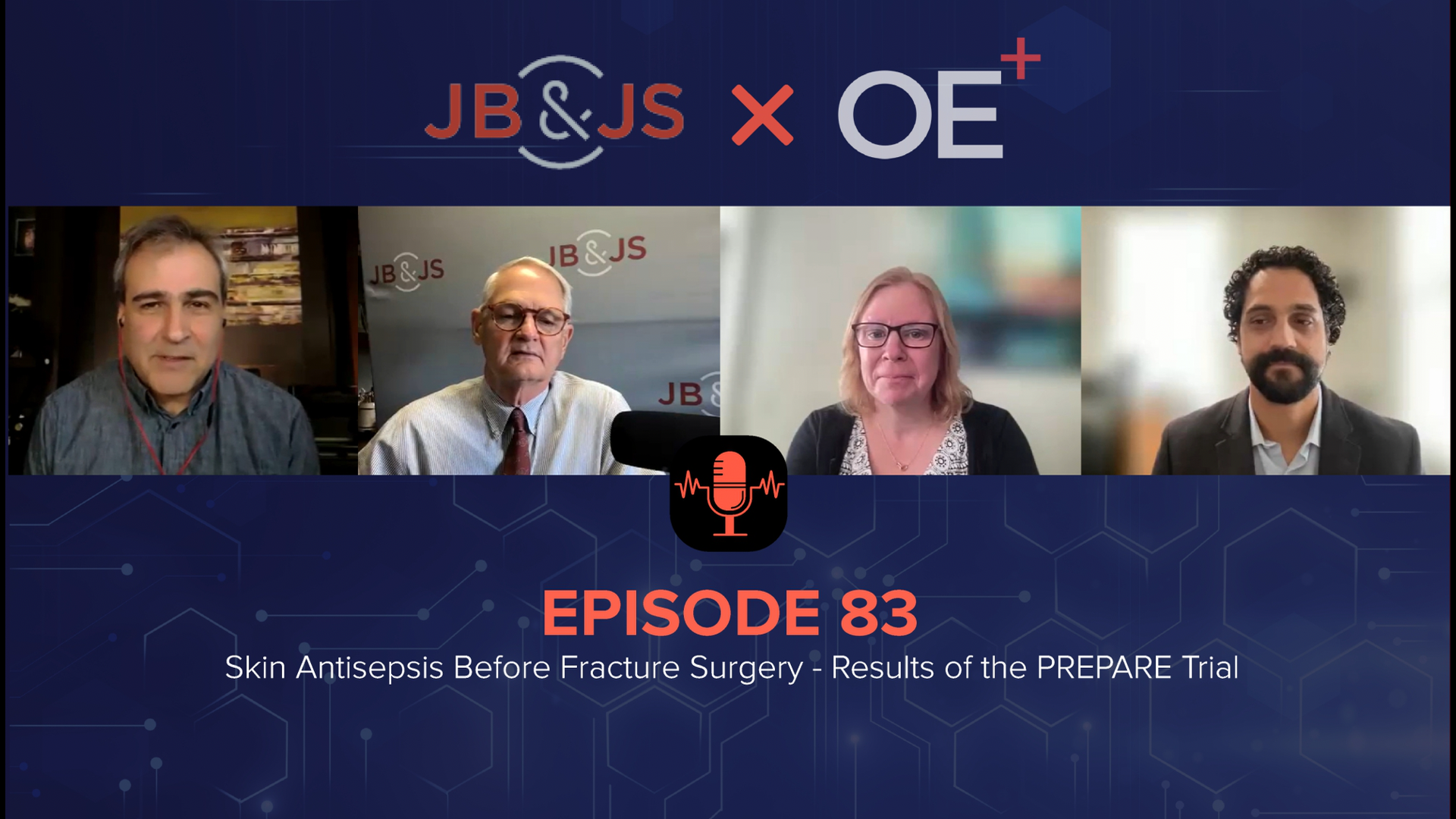
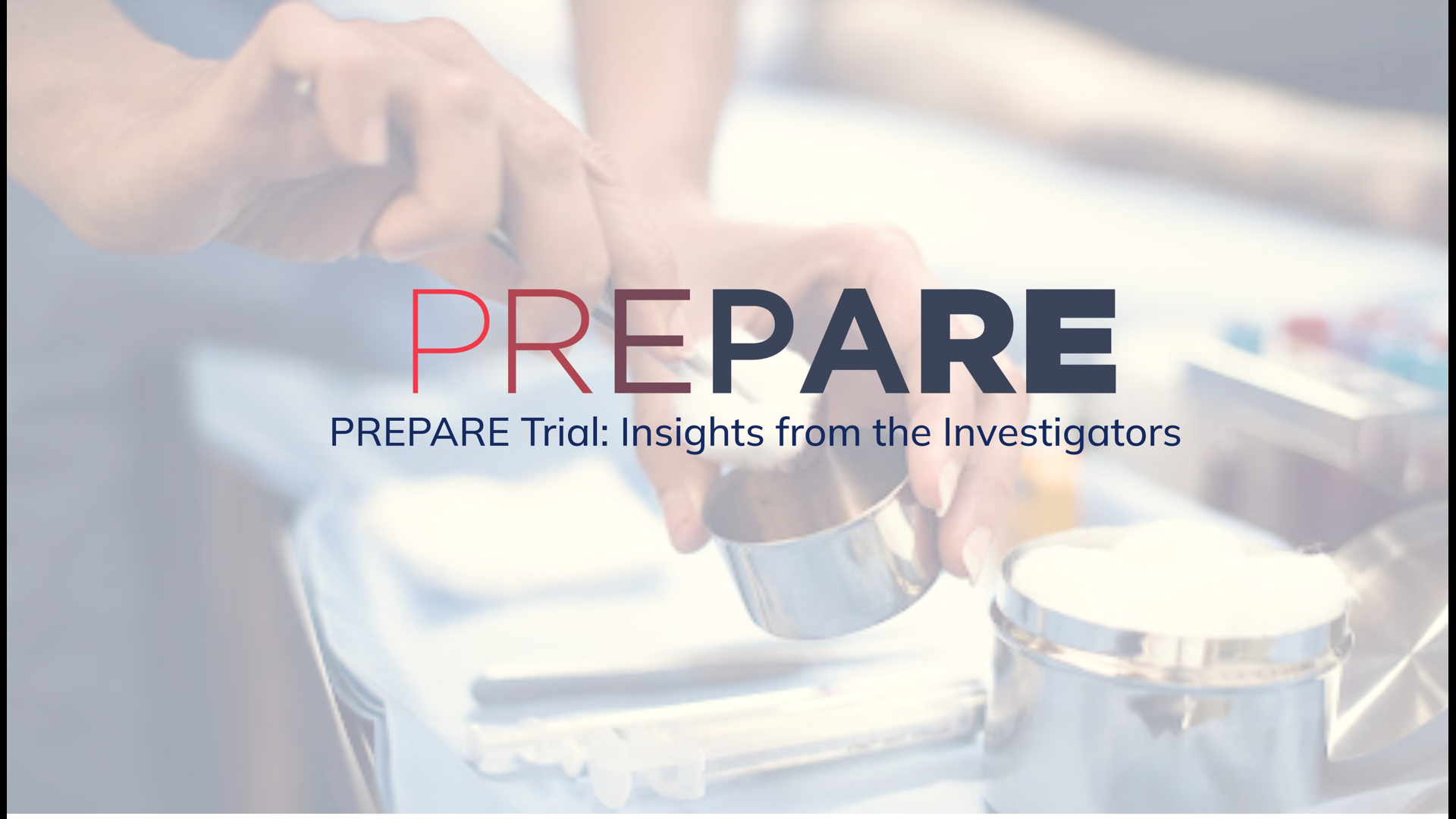
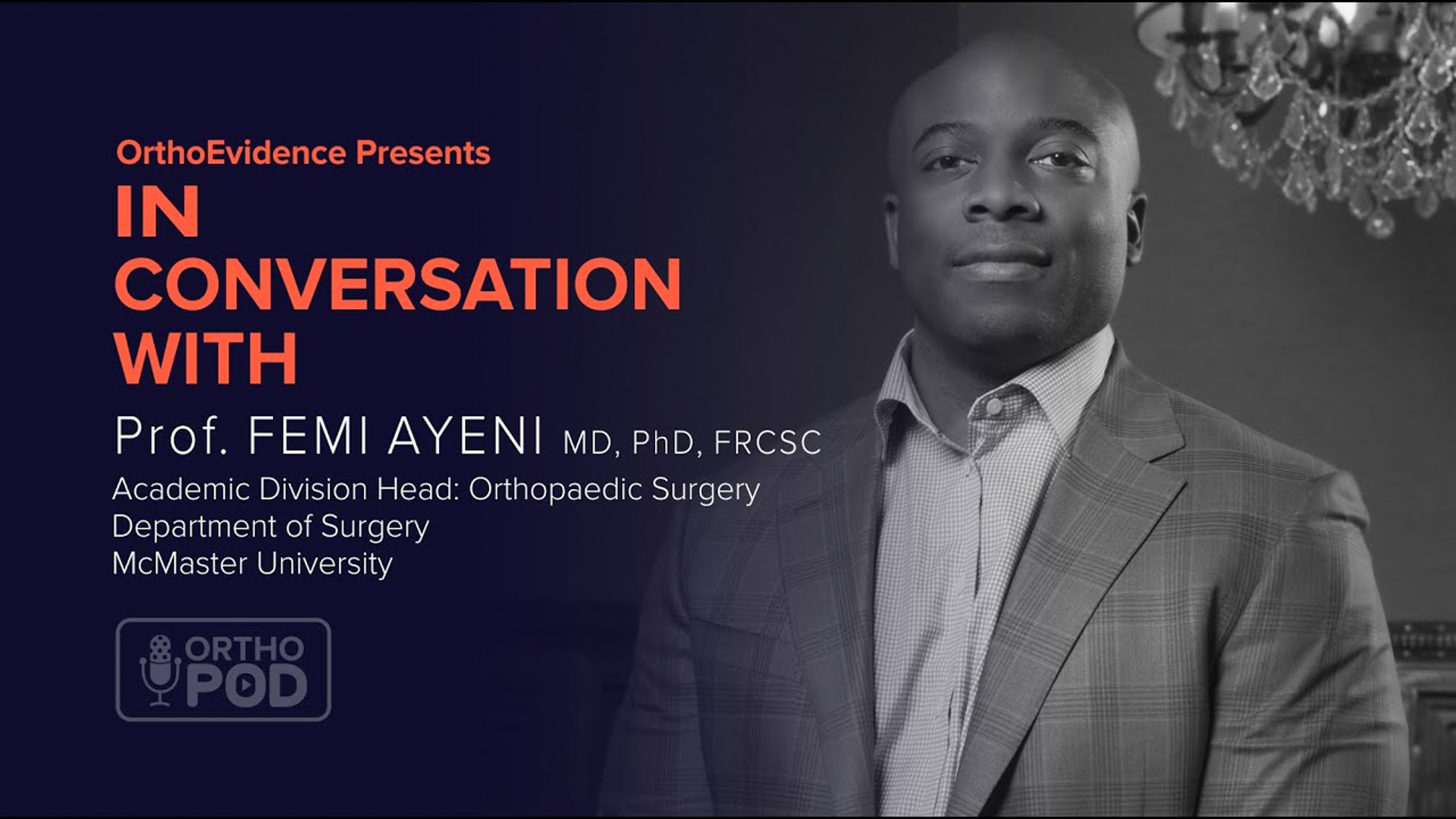
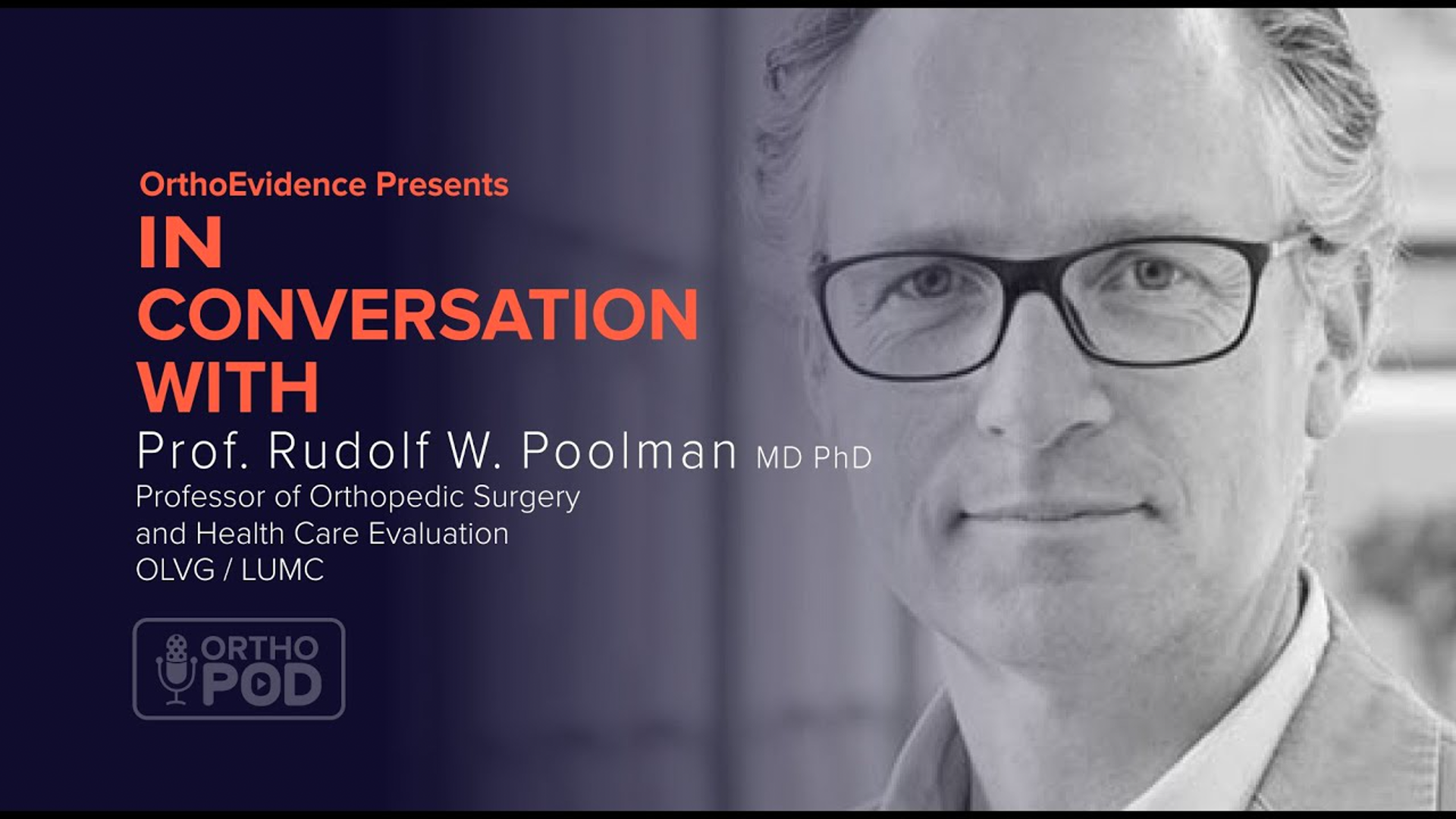
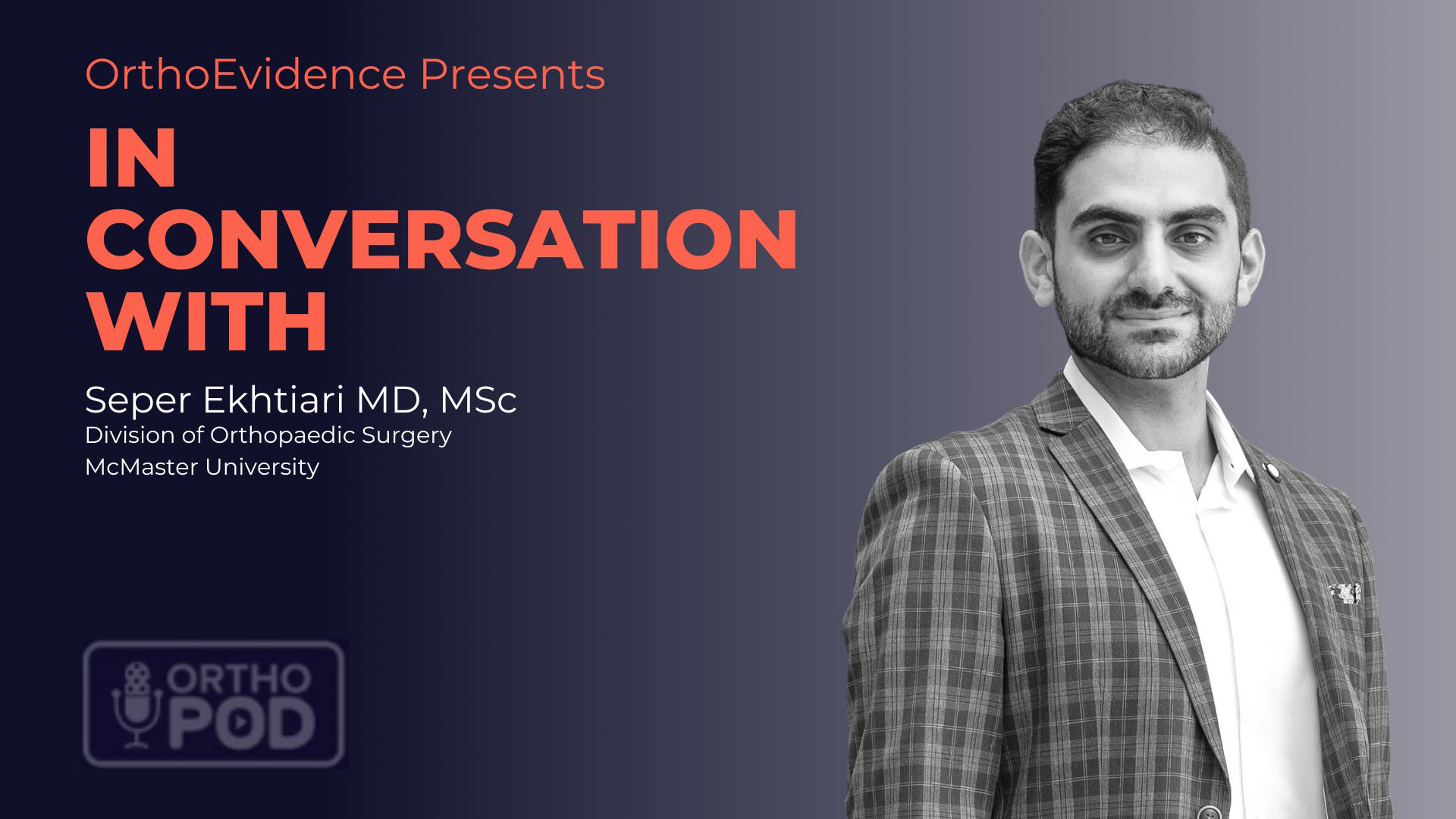
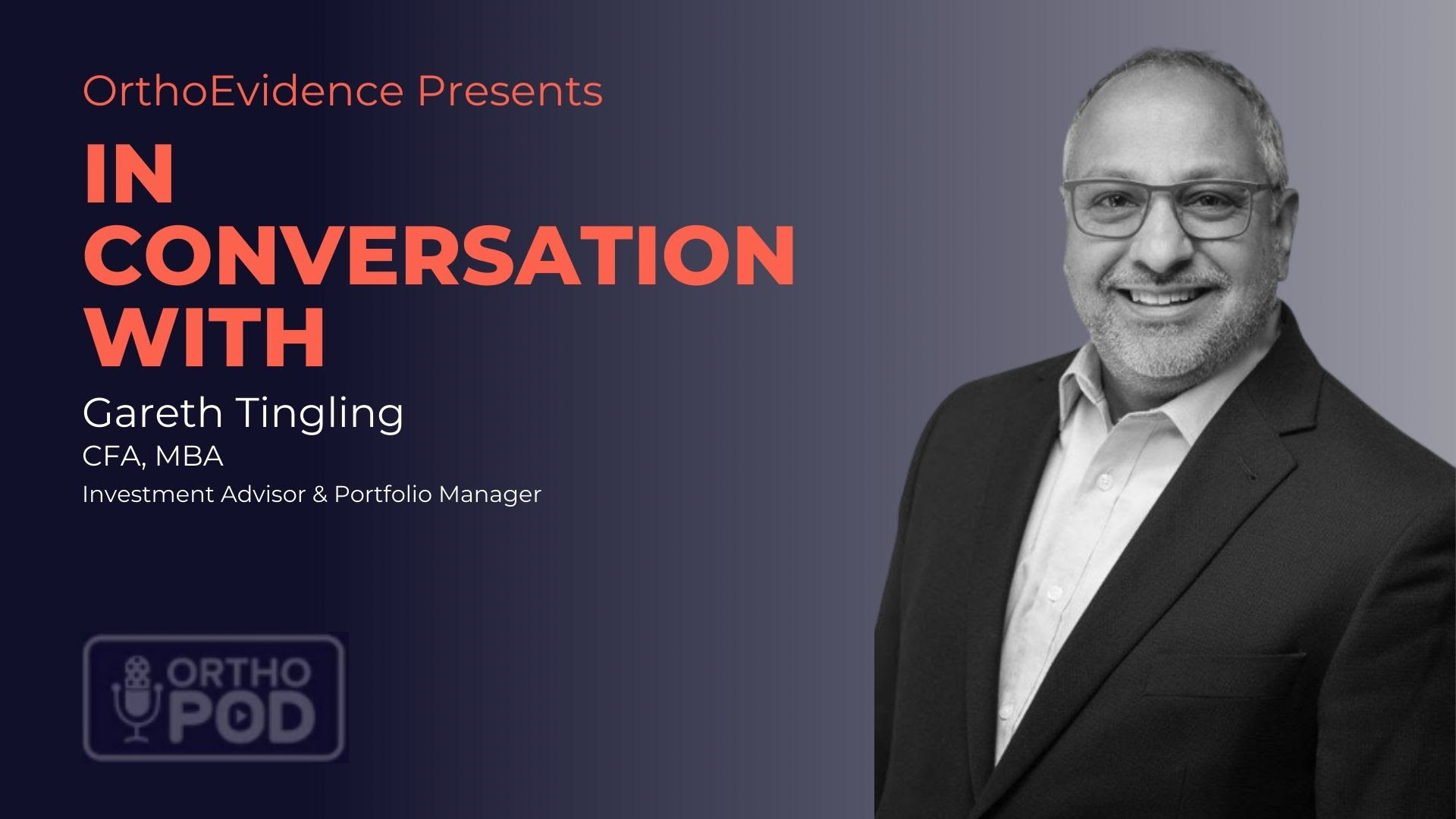
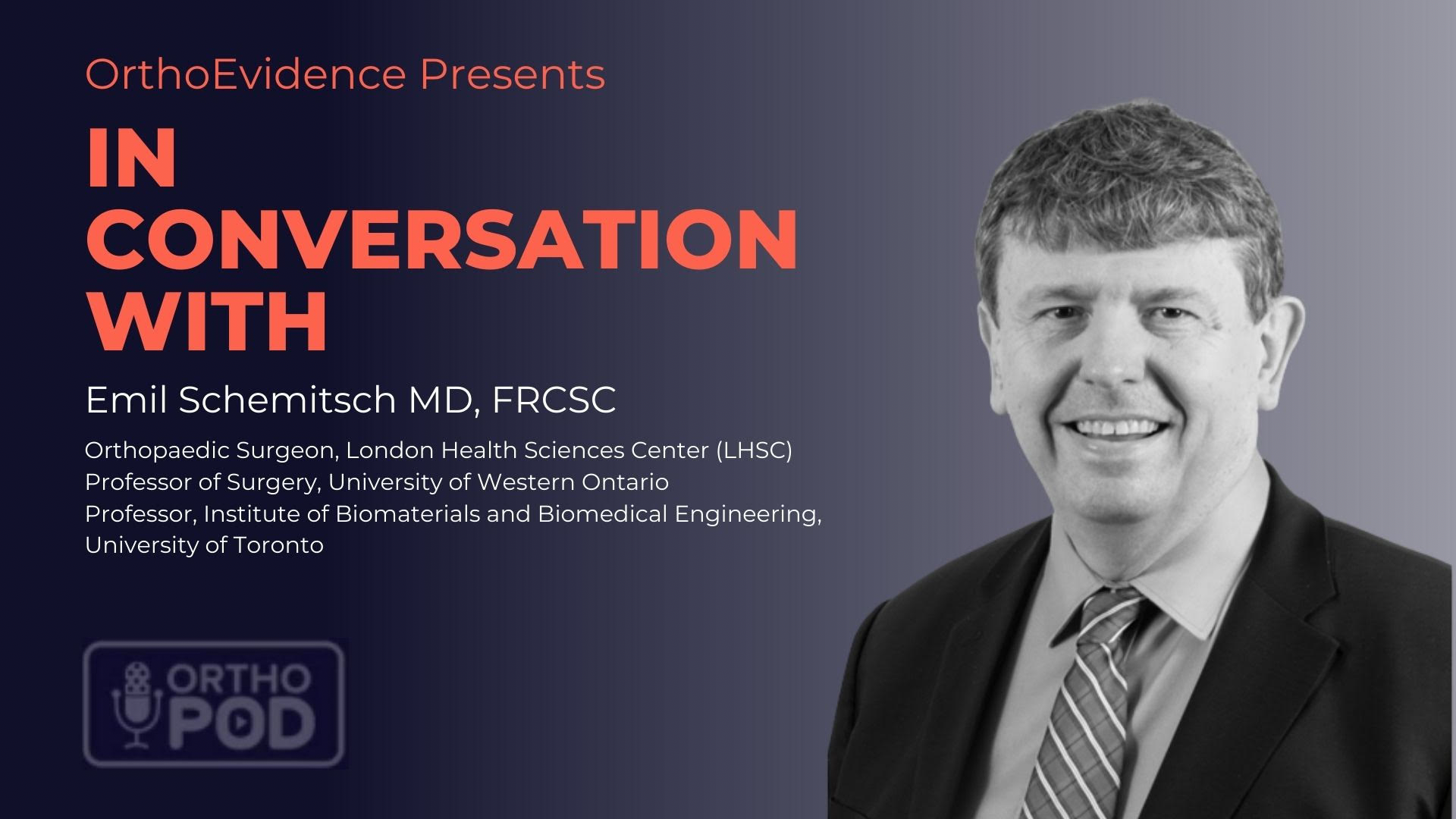
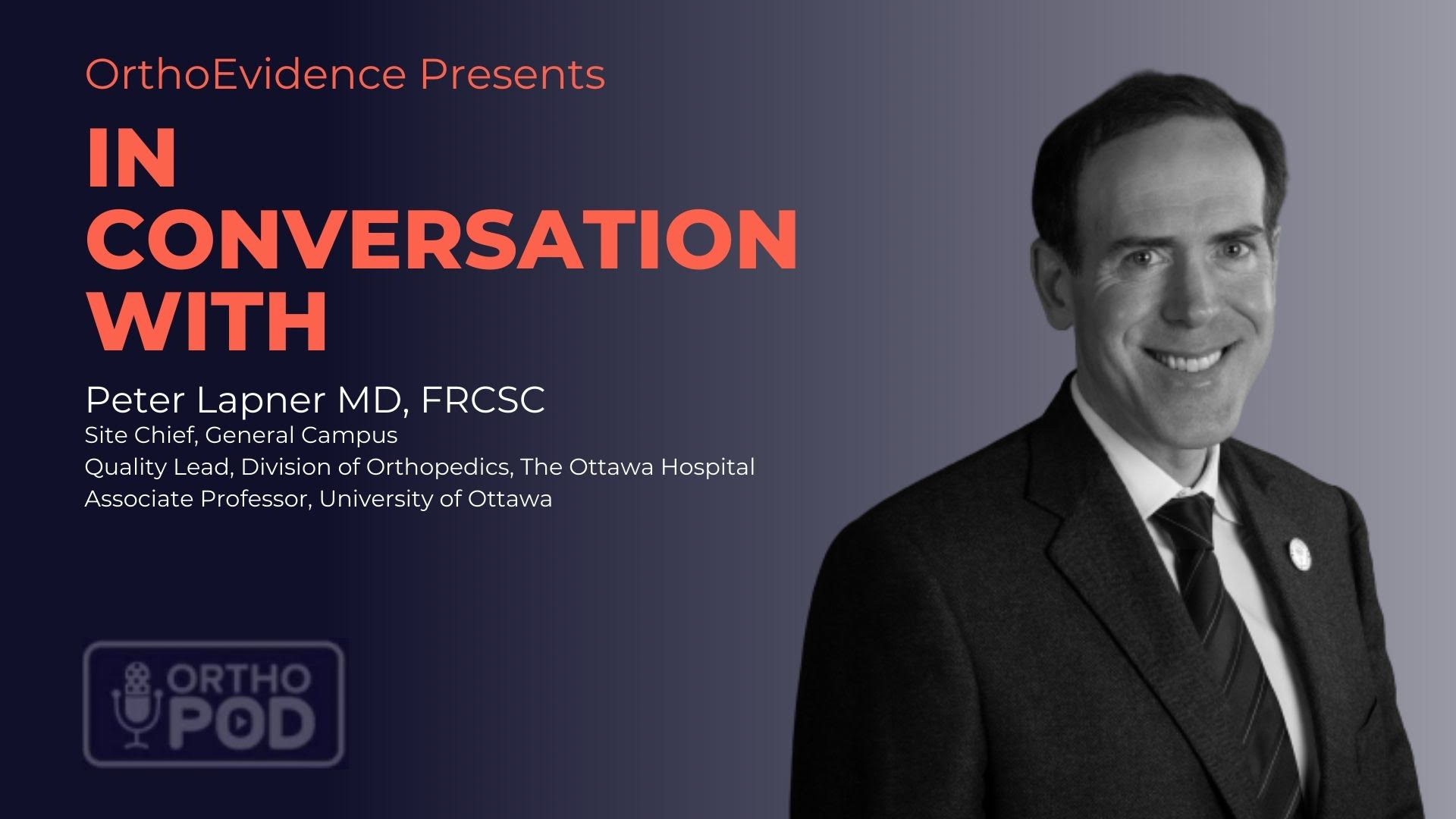

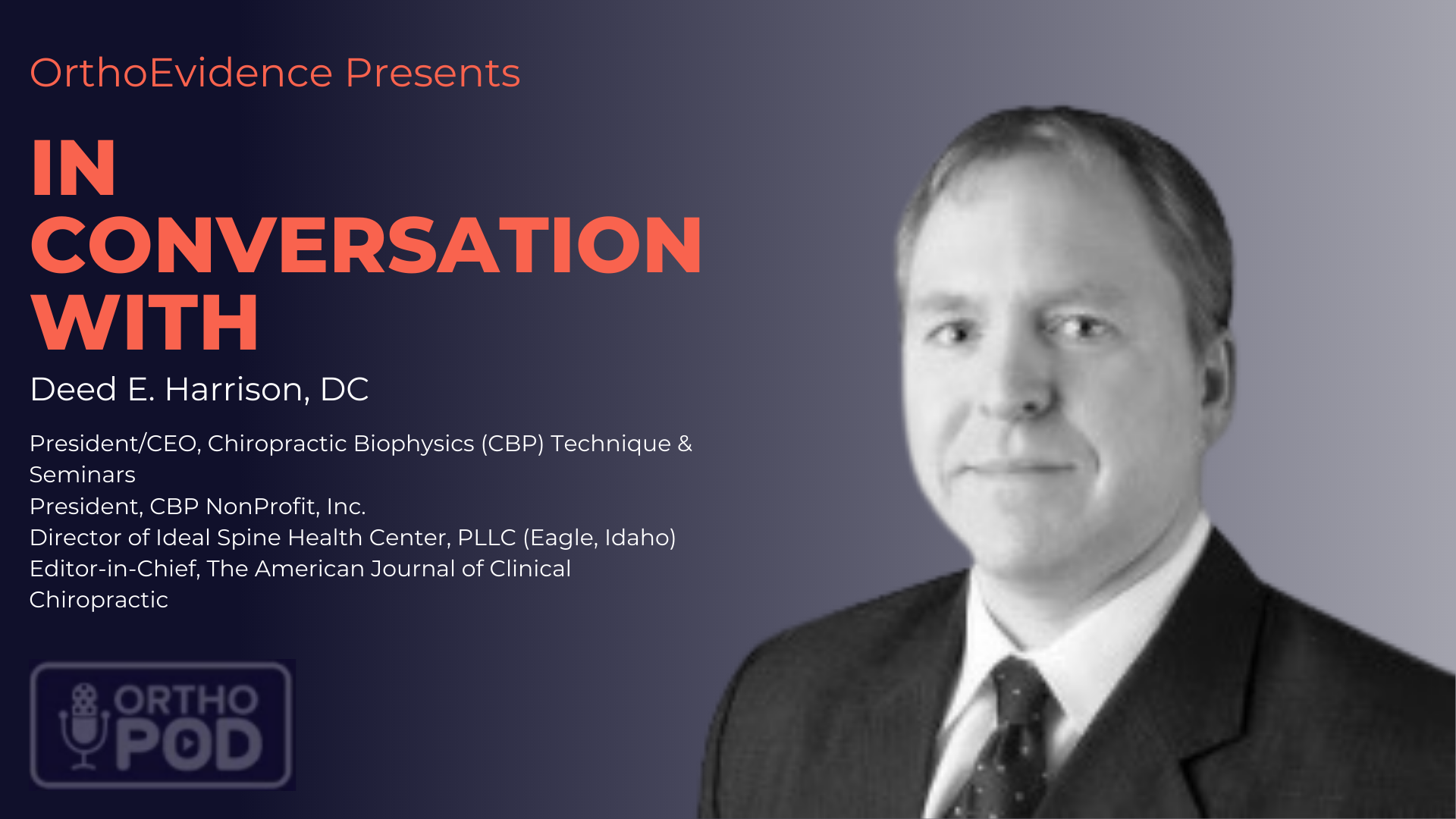
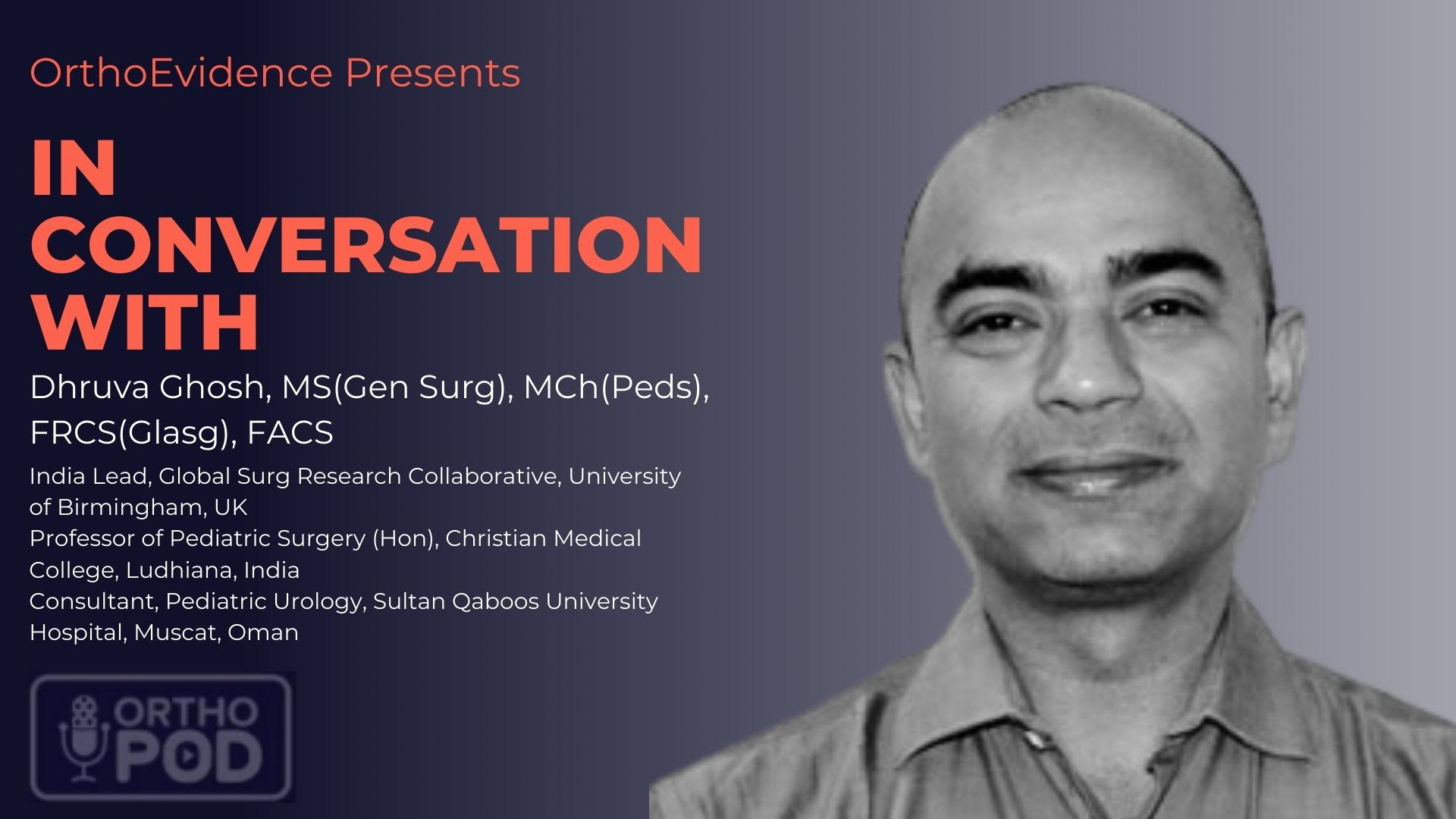
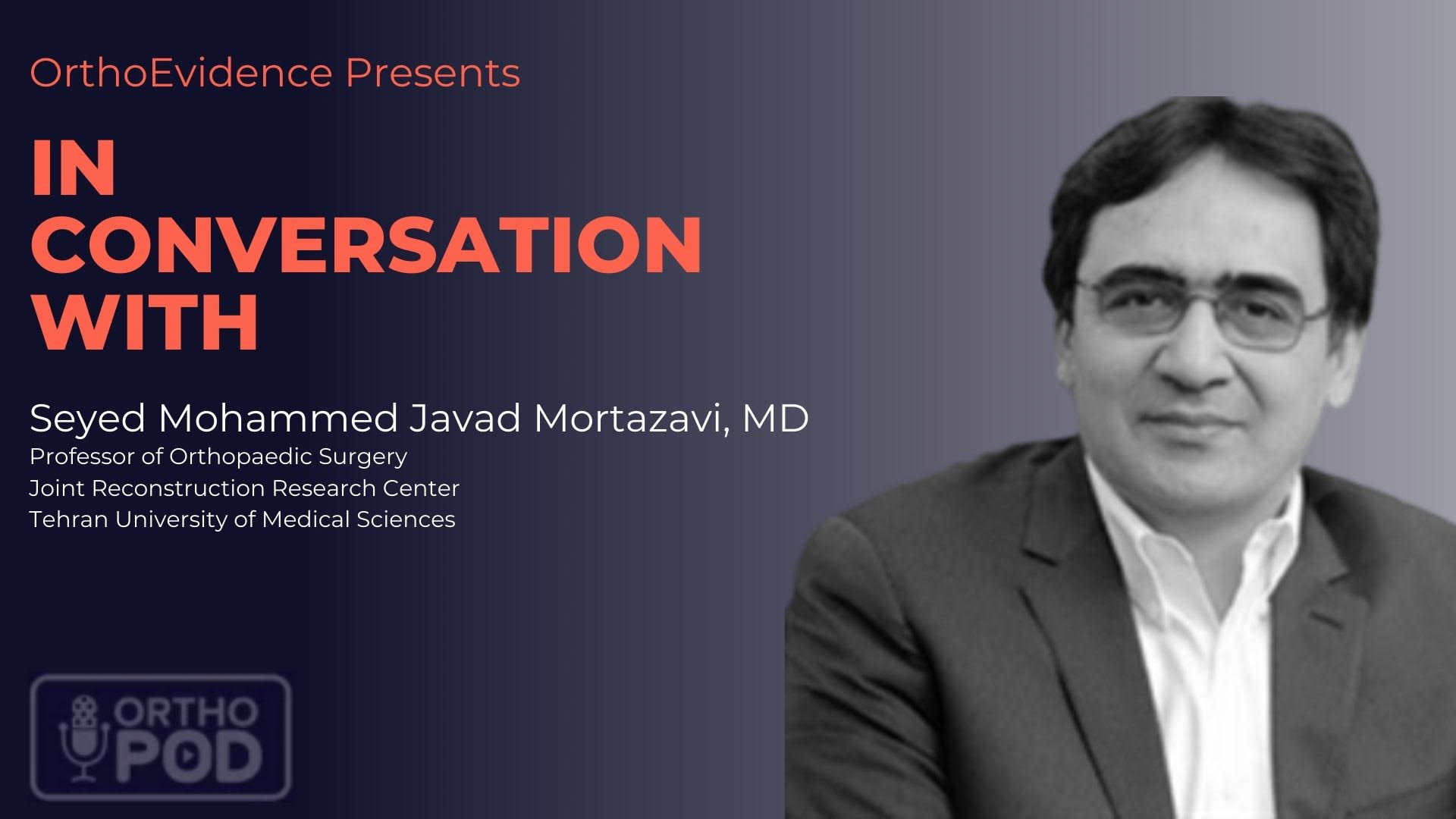
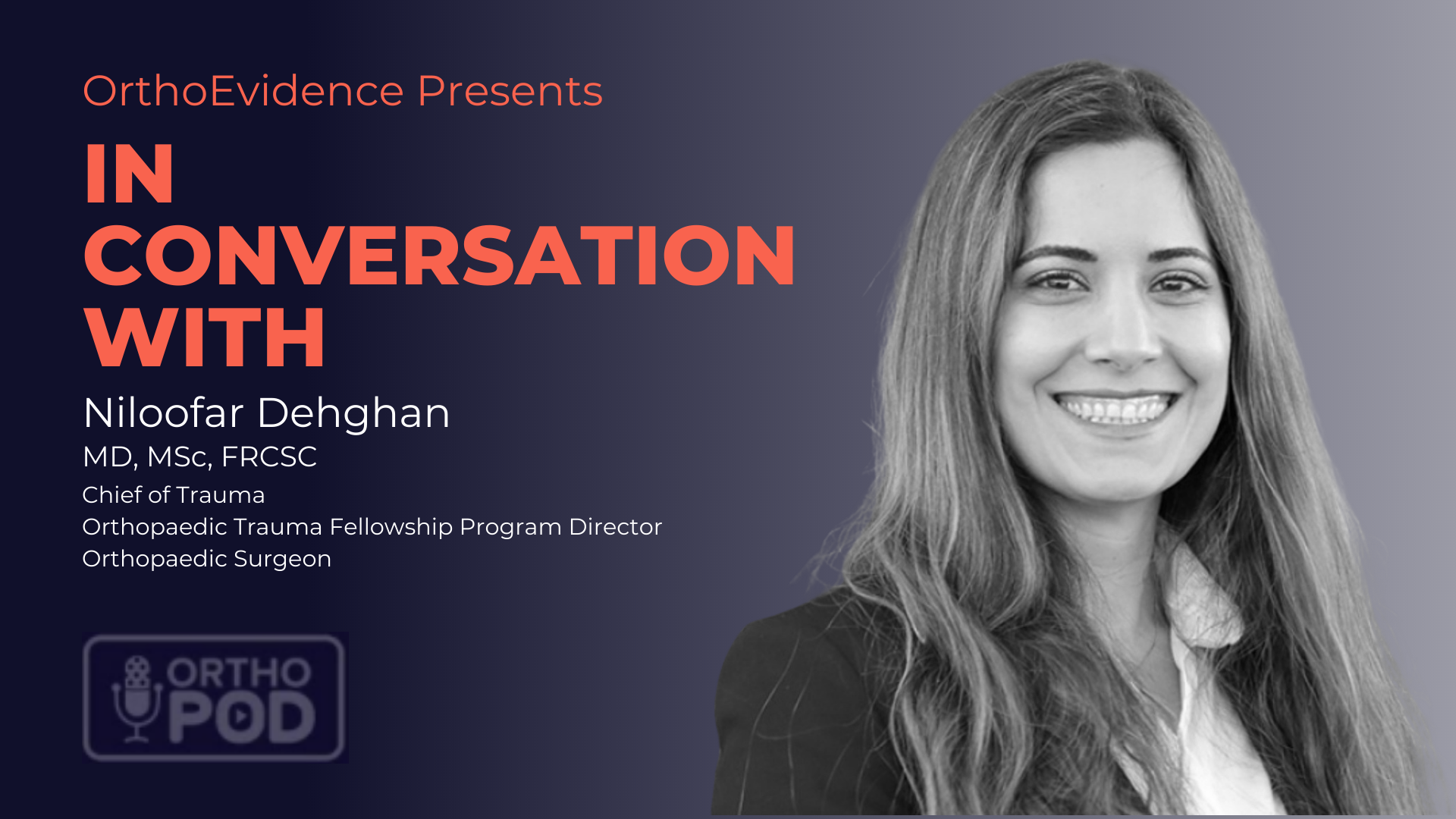
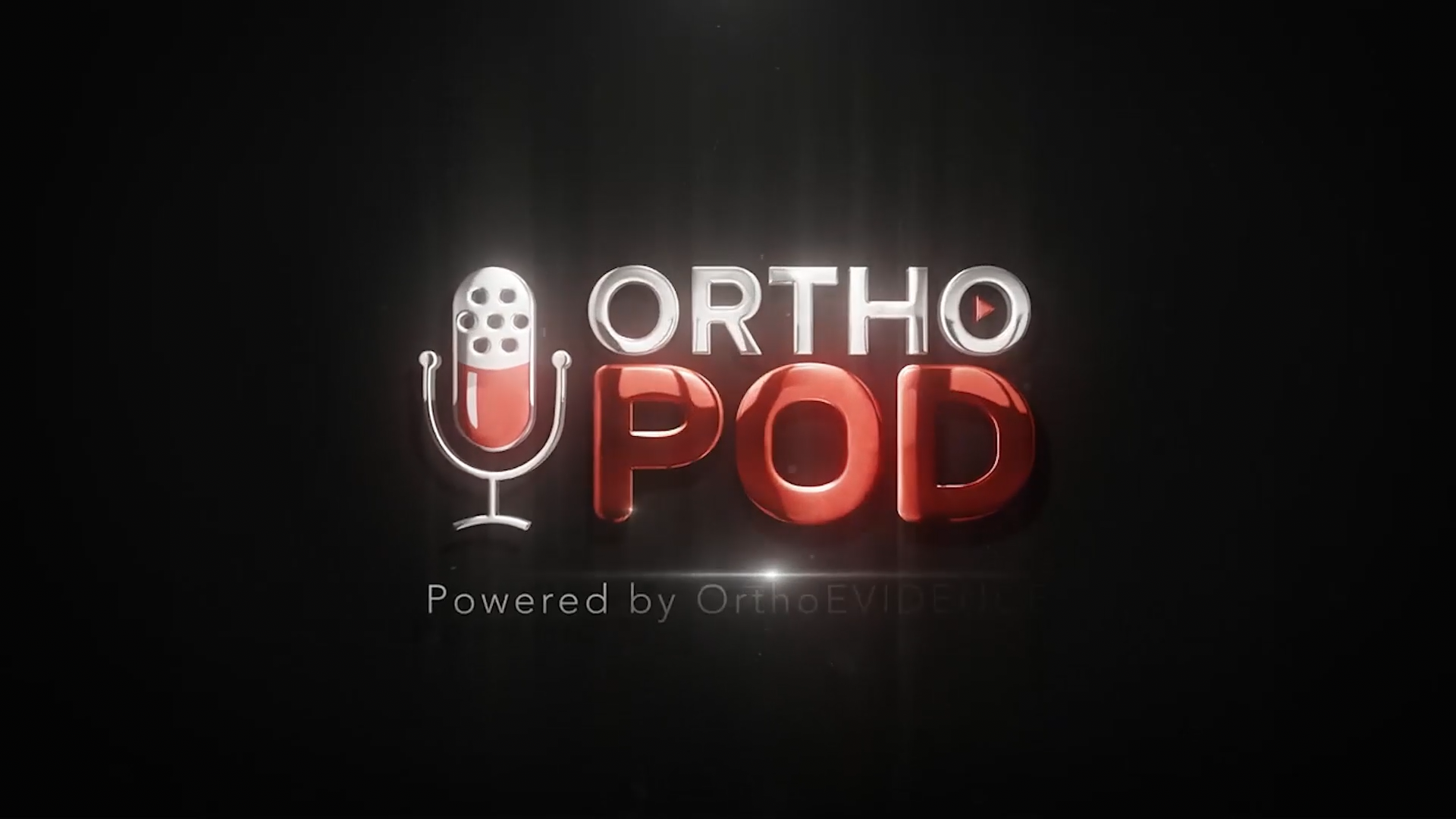
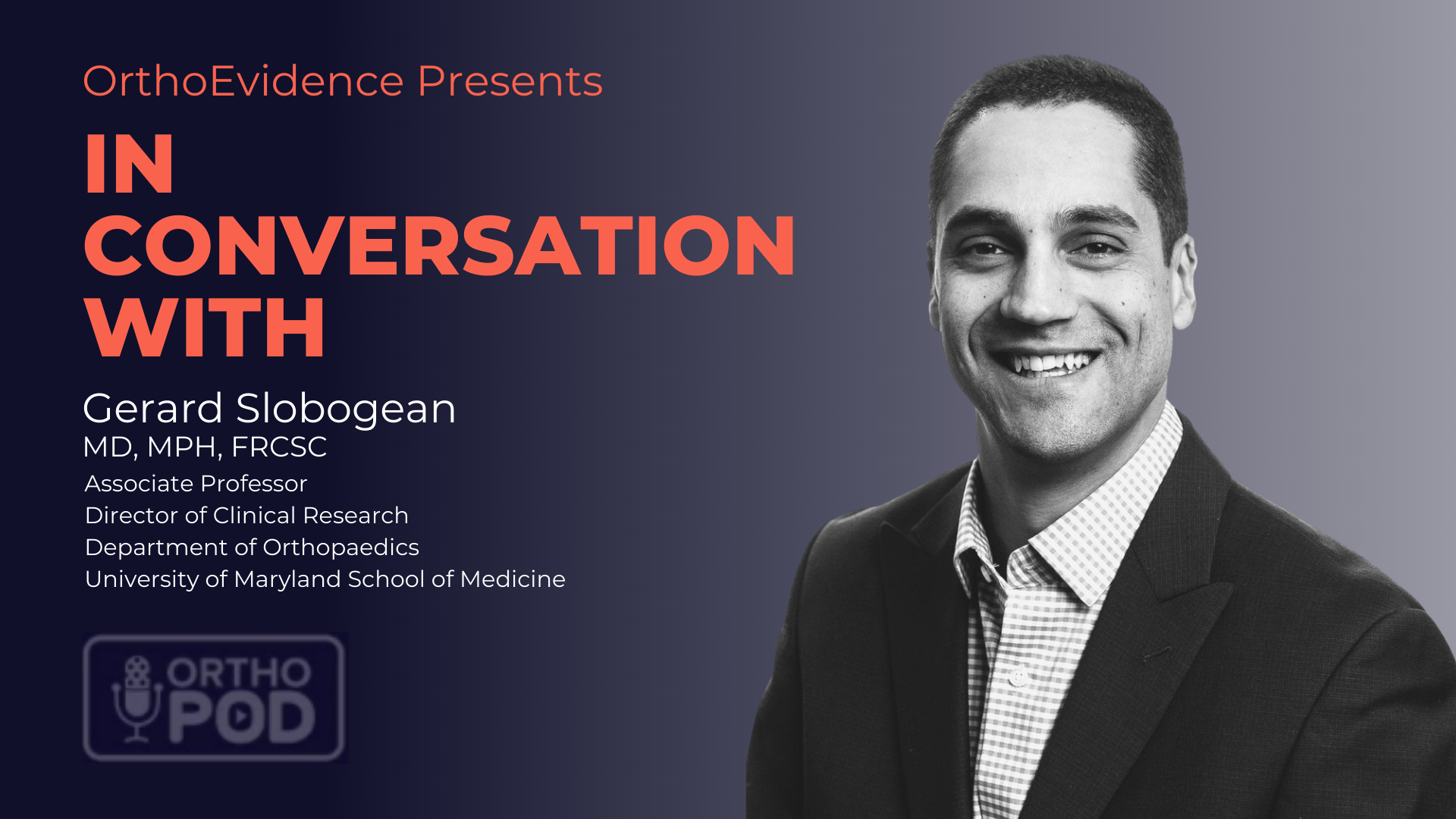
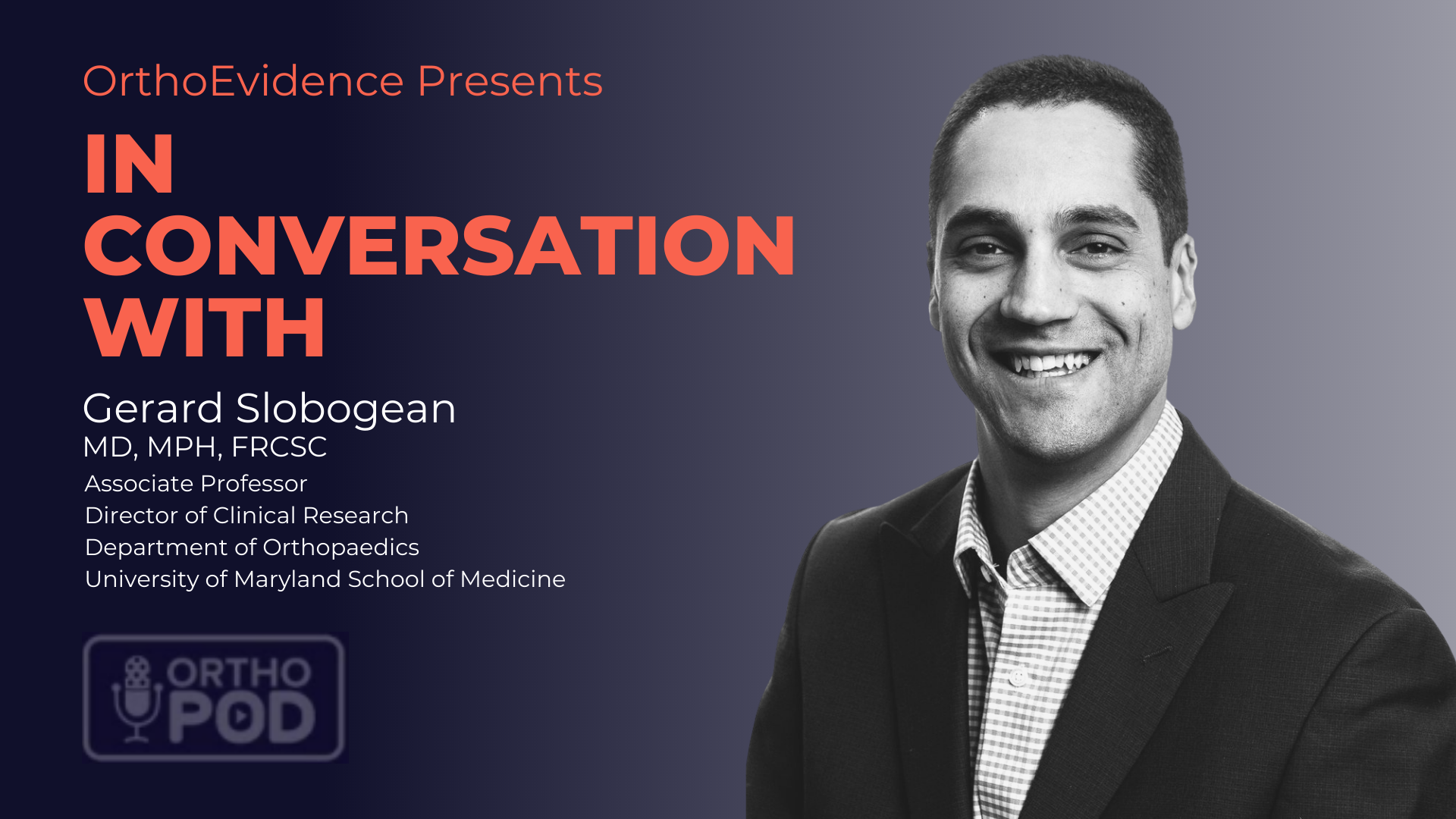

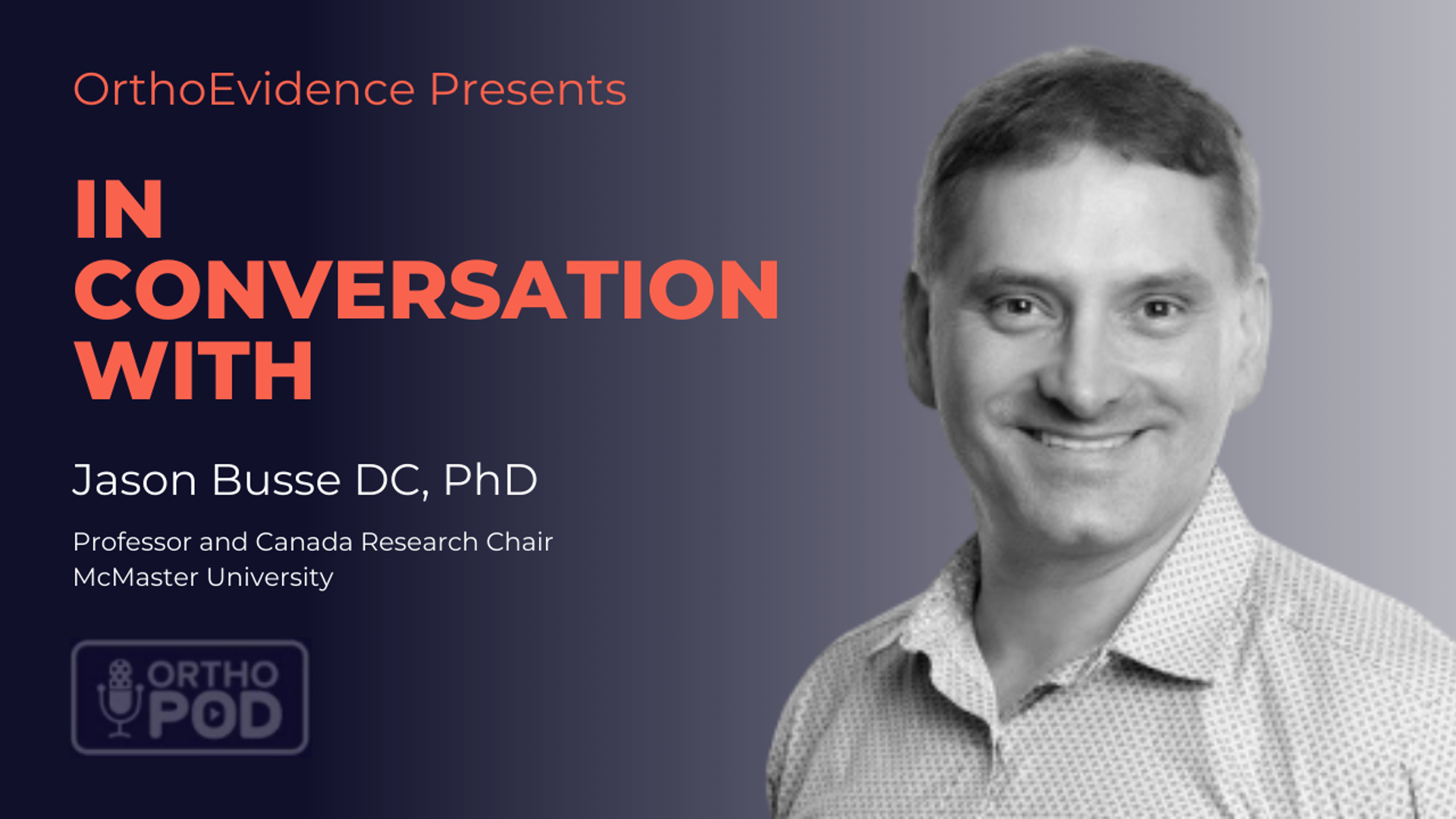
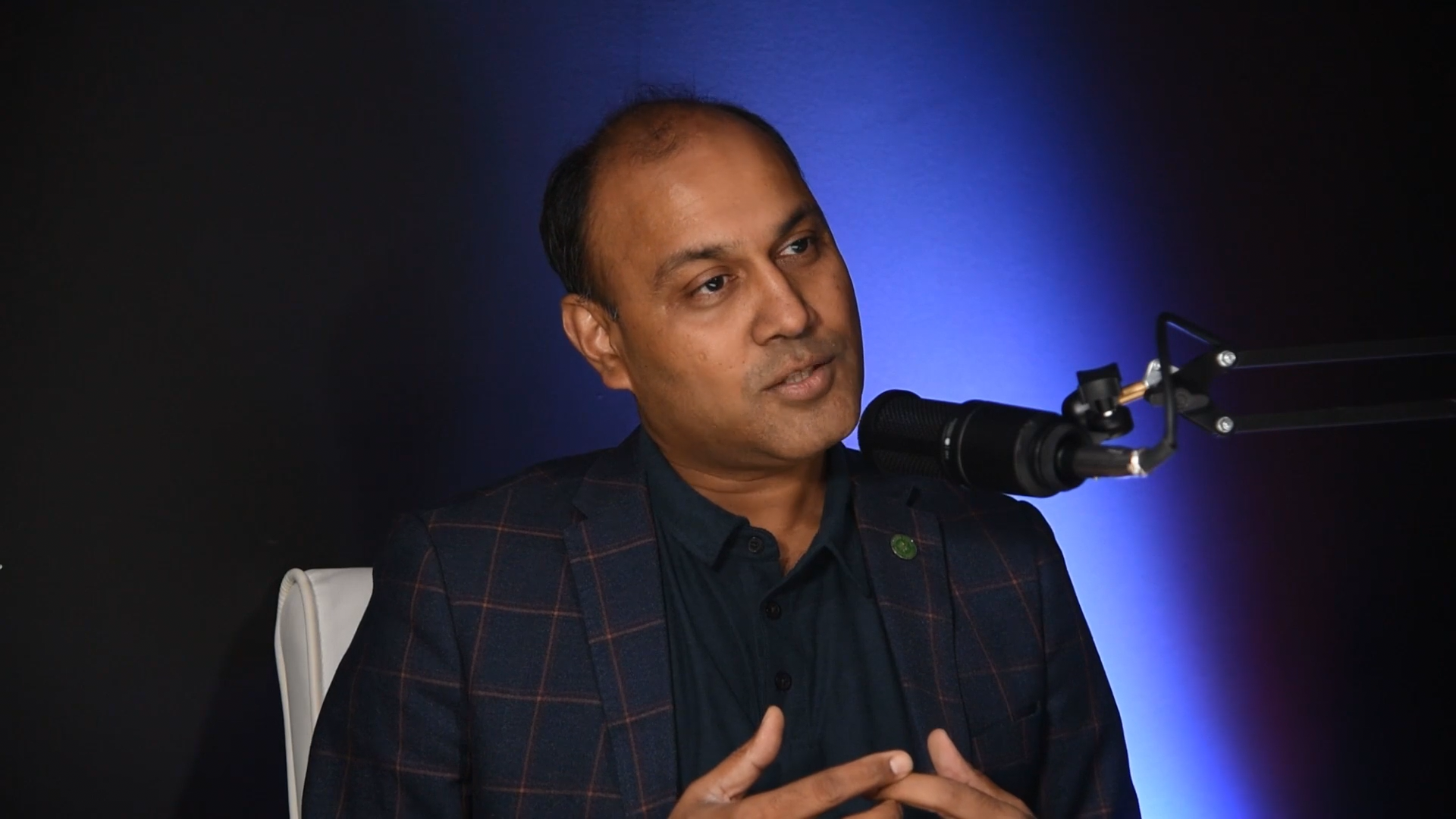

Please Login or Join to leave comments.